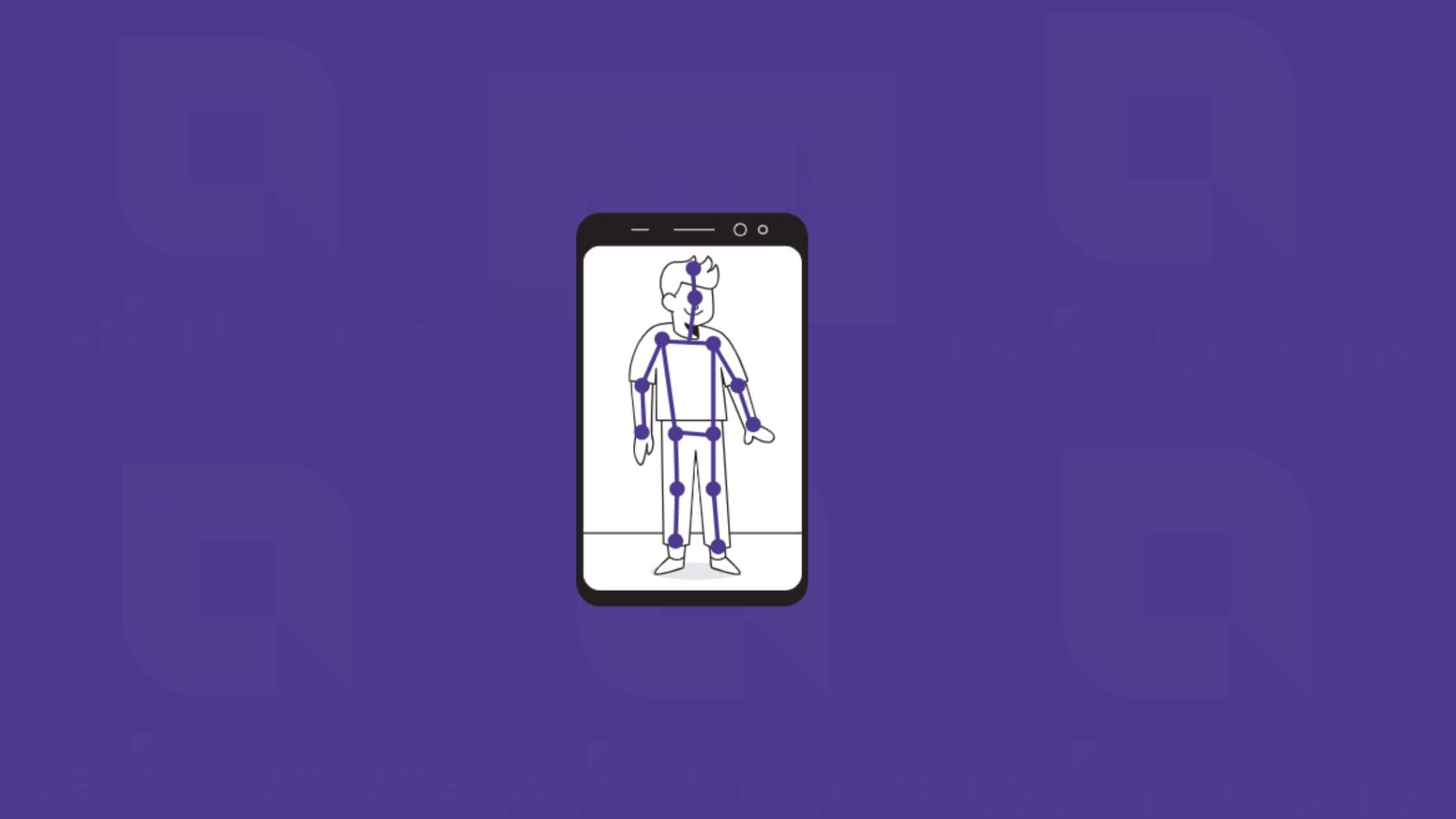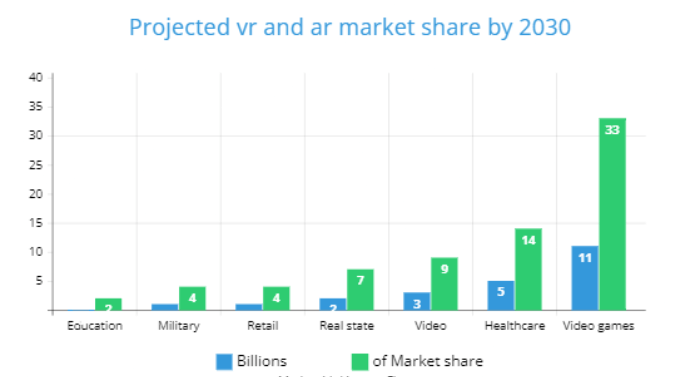- Tech Services

Concept Development
- Industry
- Emerging Tech
- Generative AI Hub
- Blog
- Contact Us

User Experience Case Studies of Augmented Reality in Web
In Lets Nurture
30
May. 23524
VIEWSAugmented Reality (AR) is no longer a mere concept or a feature in science fiction; it has become a substantial part of our digital experiences. According to a report by Statista, the AR market is projected to grow to approximately 198 billion U.S. dollars by 2025, indicating a significant business opportunity for AR app development.
From online shopping to education and entertainment, AR is transforming the way we interact with the digital world. This article examines two case studies to demonstrate the impact of AR in enhancing user experience.
Case Study 1: IKEA Place AR App
IKEA, a globally recognized furniture retailer, has always been at the forefront of adopting innovative technology. In 2017, IKEA introduced the “IKEA Place” app, leveraging AR to improve the customer shopping experience.
User Experience and Impact
IKEA Place allows customers to visualize how furniture would look in their space before buying. Users can virtually place true-to-scale 3D models of IKEA furniture in their homes, offices, or any space, improving purchase decision-making.
According to a report by TechCrunch, IKEA Place had a 4.7-star rating in the Apple App Store in 2019. Users appreciated the ability to preview products within their spaces, which substantially reduced the uncertainty associated with online furniture shopping.
Learning Points for AR App Development
IKEA Place shows how AR can bridge the gap between the digital and physical worlds in e-commerce. AR can significantly improve user experience by enhancing customer interaction with products and services, leading to increased customer engagement and sales.
Case Study 2: Google’s AR in Search
In 2019, Google introduced AR features in its search engine, allowing users to see 3D models of objects and animals in their space directly from search results.
User Experience and Impact
With Google’s AR in search, users can visualize everything from what a dissected frog looks like to how dinosaurs would appear in their backyards. This feature enriches the user’s learning experience, making information more engaging and interactive.
According to Google, one of the most searched terms in AR was “shark”. In response to this user interest, Google launched an AR shark experience, where users could see life-sized sharks in their spaces.
Learning Points for AR App Development
Google’s AR search demonstrates the transformative potential of AR in education and information delivery. By incorporating AR features, app developers can create more engaging, interactive experiences that cater to the user’s curiosity and desire for exploration.
The Future of AR in Web
With 5G technology paving the way for faster data transfer speeds and lower latency, the potential for AR experiences is expanding. According to a report by PwC, AR and Virtual Reality (VR) are set to add $1.5 trillion to the global economy by 2030, signifying a massive opportunity for businesses and app developers.
Case Study 3: Dulux Visualizer App
Dulux, a renowned global paint brand, developed the Dulux Visualizer app to enhance the customer’s buying experience and reduce purchase hesitations.
User Experience and Impact
With the Dulux Visualizer app, customers can see how different paint colors would look on their walls using AR, without having to buy or apply paint physically. This AR experience has significantly improved the decision-making process for customers and increased customer satisfaction and sales.
Learning Points for AR App Development
The Dulux Visualizer app illustrates how AR can help customers visualize and customize products, driving more confident and informed purchase decisions. It’s an excellent example of how businesses can leverage AR to enhance their customers’ experience and foster engagement.
Case Study 4: Snapchat’s AR Filters
Snapchat has been a pioneer in using AR for social media engagement. Their AR filters have significantly enhanced user interaction and engagement on the platform.
User Experience and Impact
Snapchat’s AR filters allow users to augment their reality with a wide range of effects, from face transformations to interacting with 3D characters in their environment. This has led to an increase in user engagement and interaction on the platform.
Learning Points for AR App Development
Snapchat’s success with AR filters shows how AR can enhance social connectivity and engagement, making digital interactions more immersive and fun.
The Future of AR in Web
As the digital world continues to evolve, AR will play an increasingly central role in shaping user experiences. It’s an exciting time for businesses and developers to explore the potential of AR and create immersive, engaging, and interactive










